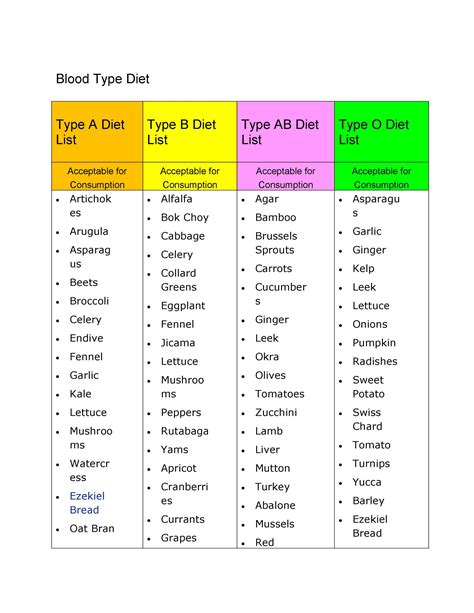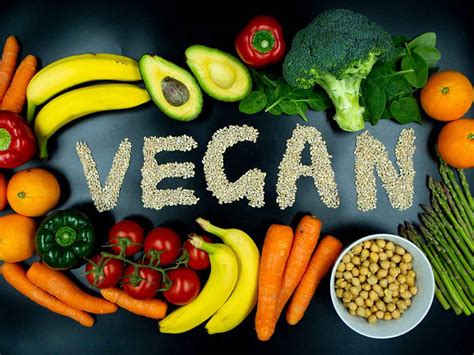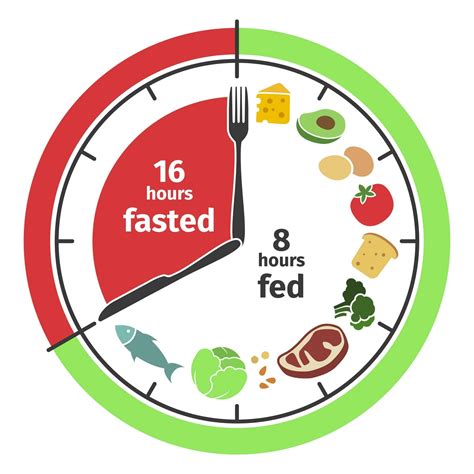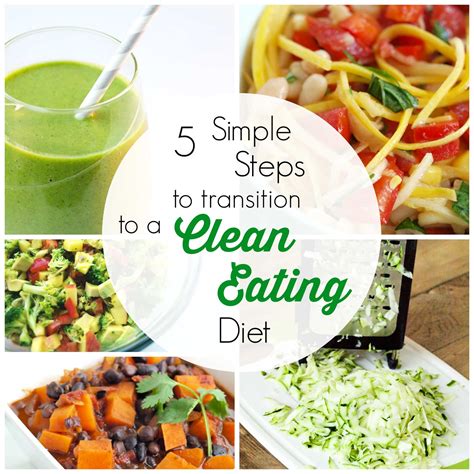Discover the benefits and risks of the feeding tube diet, learn about different types of feeding tubes, and how to safely implement this diet.
Introduction to Feeding Tube Diet
Contents
The feeding tube diet is a method of delivering nutrients directly into the stomach or small intestine through a tube. This method is often used for individuals who are unable to eat or swallow food due to medical conditions such as stroke, cancer, or severe neurological disorders. It is a clinical nutrition intervention designed to provide essential nutrients and hydration for individuals who cannot consume food orally. The use of feeding tubes can be temporary or long-term, depending on the individual’s condition and needs.
Feeding tube diets can be administered at home or in a healthcare setting by trained professionals. The process typically involves the insertion of a feeding tube through the nose or the skin directly into the stomach or small intestine. The tube allows for the delivery of liquid nutrition formulas that contain a balanced combination of macronutrients, vitamins, and minerals necessary for maintaining health and well-being.
Individuals may be placed on a feeding tube diet to support recovery following surgery, during cancer treatment, or to manage chronic conditions that affect their ability to eat normally. The decision to use a feeding tube is typically made in collaboration with a healthcare team, including physicians, dietitians, and other specialists, to ensure that the method is safe and appropriate for the individual’s specific needs.
Although the concept of feeding tube diets may sound daunting, it is a valuable and often life-saving intervention for individuals who require nutritional support when oral intake is not feasible. The use of modern nutrition formulas and advanced delivery methods has made feeding tube diets a viable option for many individuals, providing a means of receiving essential nutrients and hydration despite an inability to eat in the traditional manner.
Benefits of Feeding Tube Diet
The feeding tube diet has been gaining attention as a quick and effective method of weight loss. One of the primary benefits of this diet is that it can provide essential nutrition to individuals who may have difficulty consuming food orally due to medical conditions such as cancer, stroke, or gastrointestinal disorders. This method ensures that the person still receives the vital nutrients they need to maintain their health and well-being, even if they are unable to eat by mouth.
Another advantage of the feeding tube diet is the ability to carefully control the amount and type of nutrients that are delivered to the body. This can be particularly beneficial for individuals who require specialized diets, such as those with diabetes, who need precise management of their carbohydrate intake. By using a feeding tube, healthcare providers can tailor the nutritional content to meet the specific needs of the individual, providing a level of personalized nutrition that may not be achievable through traditional food consumption.
Additionally, the feeding tube diet can be a valuable tool for those who struggle with severe eating disorders, such as anorexia nervosa or bulimia. In these cases, the feeding tube can help to ensure that essential nutrients are being received, even when the individual is unable or unwilling to eat. This can be a critical step in the recovery process, as proper nutrition is essential for physical and mental well-being.
Lastly, the feeding tube diet offers a level of convenience and consistency that may be difficult to achieve through traditional eating habits. By using a feeding tube, individuals can receive their nutritional needs without the time and effort required for meal planning, cooking, and eating. This can be particularly beneficial for those with busy lifestyles or limited mobility, as it eliminates the need for regular meal preparation and consumption.
Potential Risks of Feeding Tube Diet
Feeding tube diet, also known as enteral nutrition, can be a beneficial option for individuals who are unable to consume food by mouth. While it can provide necessary nutrients for those who have difficulty swallowing or have gastrointestinal issues, there are potential risks associated with this method of nutrition.
One of the main risks of feeding tube diet is the potential for infection. Since the tube bypasses the body’s natural defense mechanisms in the mouth and throat, there is an increased risk of bacteria entering the body. This can lead to infections in the digestive system, which can be dangerous for individuals with compromised immune systems.
Another potential risk of feeding tube diet is gastrointestinal issues. The formula used in enteral nutrition can sometimes cause constipation, diarrhea, or bloating. This can be uncomfortable for the individual and may require adjustments to the feeding tube formula to alleviate these symptoms.
In some cases, there may be mechanical issues with the feeding tube itself. This can include tube dislodgement, tube blockage, or irritation at the insertion site. These mechanical issues can cause discomfort for the individual and may require medical intervention to address.
It’s important to work closely with a healthcare professional when considering a feeding tube diet to mitigate these potential risks. Regular monitoring and adjustments to the feeding plan can help to minimize the chances of experiencing these issues.
Types of Feeding Tubes Used
When it comes to types of feeding tubes used, there are several options available, and the choice depends on the patient’s specific needs and medical condition. One common type is the nasogastric tube, which is inserted through the nose and down into the stomach. This type of tube is often used for short-term feeding and can be easily removed when no longer needed. Another type is the gastrostomy tube, which is surgically inserted through the abdomen and into the stomach. This type of tube is more permanent and is often used for long-term feeding in patients who are unable to eat or drink normally. There are also jejunostomy tubes, which are inserted into the small intestine, and duodenal tubes, which are inserted into the duodenum. These tubes may be used when there are specific medical reasons that make the use of the stomach for feeding not possible.
It is important to note that each type of feeding tube has its own potential benefits and risks, and the choice of tube should be made in consultation with a healthcare professional. The selection of the feeding tube depends on factors such as the patient’s medical condition, the expected duration of feeding, and the patient’s tolerance for the tube. In some cases, a combination of tubes may be used to meet the patient’s needs most effectively.
In addition to the different types of feeding tubes, there are also variations in the materials and designs of the tubes themselves. For example, some tubes are made of silicone, while others are made of polyurethane or other materials. The design of the tube may also vary, with some tubes having a balloon or other mechanism to keep them in place, while others may be secured externally. These variations allow healthcare providers to choose the most appropriate tube for each patient’s specific needs and circumstances.
Ultimately, the goal of using a feeding tube is to ensure that the patient receives the necessary nutrition and fluids to maintain their health and well-being. The type of tube used plays a crucial role in achieving this goal, and it is important for healthcare providers to carefully consider the options available and make an informed decision based on the patient’s individual needs and circumstances.
How to Safely Implement Feeding Tube Diet
Feeding tube diet, also known as enteral nutrition, is a method of delivering nutrition directly into the stomach or small intestine through a tube. This method is commonly used for individuals who are unable to consume food orally due to medical conditions such as dysphagia, neurological disorders, or severe malnutrition.
When implementing a feeding tube diet, it is crucial to ensure that the process is done safely and effectively to prevent any potential complications. One of the key steps in safely implementing a feeding tube diet is to consult with a healthcare professional who can assess the individual’s nutritional needs and determine the appropriate type of feeding tube to use.
Another important aspect of safely implementing a feeding tube diet is to properly monitor the individual’s tolerance and response to the feeding. This involves regularly checking for signs of intolerance, such as nausea, vomiting, or abdominal pain, and making adjustments to the feeding regimen as needed.
In addition, it is essential to maintain proper hygiene and care of the feeding tube to minimize the risk of infection or other complications. This includes regularly cleaning and flushing the tube, as well as following strict guidelines for handling and storing feeding tube equipment.
Overall, safely implementing a feeding tube diet requires careful consideration of the individual’s medical condition and nutritional needs, as well as close monitoring and attention to proper feeding tube management.












